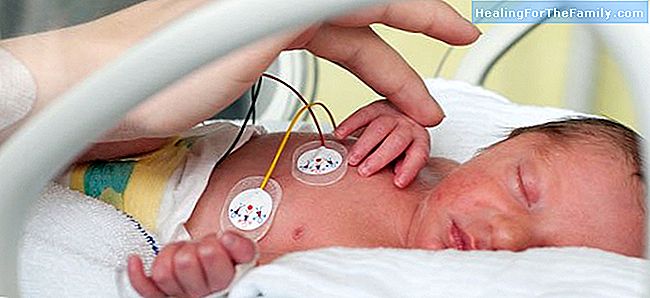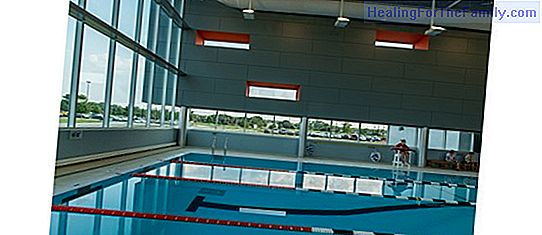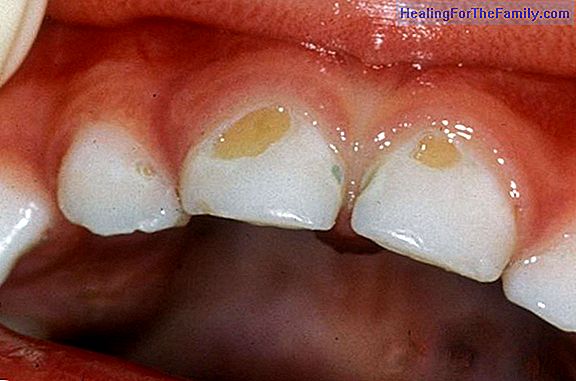Different types of premature babies
The arrival of any newborn is always good news, although not always the birth occurs at the same time. Sometimes the baby goes ahead and the pregnancy does not come to term. Civil society prefers to talk about pregnancies in terms of months, although doctors feel more comfortable talking in terms of
The arrival of any newborn is always good news, although not always the birth occurs at the same time. Sometimes the baby goes ahead and the pregnancy does not come to term.
Civil society prefers to talk about pregnancies in terms of months, although doctors feel more comfortable talking in terms of 'weeks', because the classification of newborns depends on it. We call premature newborn the one born before 37 weeks of pregnancy; of full-term newborn, if the birth takes place between 37 and 42 weeks; and of post-term newborn, when the baby leaves the maternal ward after week 42.
Types of premature babies according to the week in which they are born

1. Late preterm: Approximately 10% of newborns are premature; that is, they are born before time. Most premature babies are late preterm These are babies born after week 28 but before they reach 37), whose health problems do not usually have significant short-term severity:
- Temperature instability .
- Glucose drops.
- Transient respiratory problems.
Although it is also true that more and more subtle alterations are described in the long term (above all, of a neurological nature). Grandes 2. Large premature babies:
The so-called premature babies, especially under 28 weeks of pregnancy and / or less than 1500 grams, surprise their parents because when they are born 'they are perfectly shaped, despite their small size'. Their birth is a challenge for pediatricians, because we have to facilitate them to complete their maturation process, and protect them, since their existence in the first weeks will be marked by vulnerability (their lungs, their intestines, their retina, their brains) , their immune system, their ability to control the temperature are very fragile).
It should be noted that the care we provide for these 'glass babies' should not be supported only by advanced technology and intensive care units equipped to the latest. The kangaroo method (hugging the newborn, skin-to-skin contact with him), free access for parents 24 hours a day, breastfeeding, respectful silence and the dark environment greatly facilitate their growth and survival. That is, affection is for them a universal treatment.












